The Washington agreement contains several key elements from a nuclear energy standpoint. The U.S. President and the Hungarian Prime Minister agreed in Washington to grant Paks II complete exemption from sanctions. After the talks, Prime Minister Viktor Orban emphasized at a press conference that the exemption was not merely extended — the sanctions themselves were entirely abolished. According to Zsolt Harfas, an engineer and nuclear energy expert, the total removal of U.S. sanctions on Paks II, combined with the permits issued by Hungary’s nuclear authority and the commitment of both the Russian and Hungarian partners, gives enormous momentum to the project.

On November 4, the Hungarian Atomic Energy Authority issued the permits needed for the first concrete pour for the foundation slab of the nuclear island buildings of Paks II’s Unit 5. “First concrete” means that under the IAEA’s classification, Paks II will now officially be regarded as a nuclear power plant under construction. With these permits in hand, the main contractor, Rosatom, can begin preparing the foundations for Unit 5’s reactor hall and adjoining buildings, including the installation of the base concrete on which the reinforcement will be placed. The first pour is expected in early February 2026 — a date Foreign Minister Peter Szijjarto has already indicated.
After first concrete, the construction phase will take about five years, followed by roughly three years of equipment installation, assembly, and calibration, leading up to commissioning in the early 2030s.
The second Paks II unit is expected to come online in domestic electricity production one year later.
Because of warranty requirements and the fact that Rosatom is the only producer of the specialized fuel assemblies used in this reactor type, the new units will run on Russian fuel. However, fuel diversification for the existing units will begin in 2028. According to Harfas, depending on the licensing process, Westinghouse may begin supplying fuel developed for the VVER-440 reactor type to one of the Paks units starting in 2028. Hungary’s nuclear authority must first approve the use of American fuel — nuclear safety and long-term security remain the top priorities.
Under a prior agreement, France’s Framatome will also be able to supply fuel to the Paks plant beginning in 2028.
Production will take place through French-Russian cooperation.
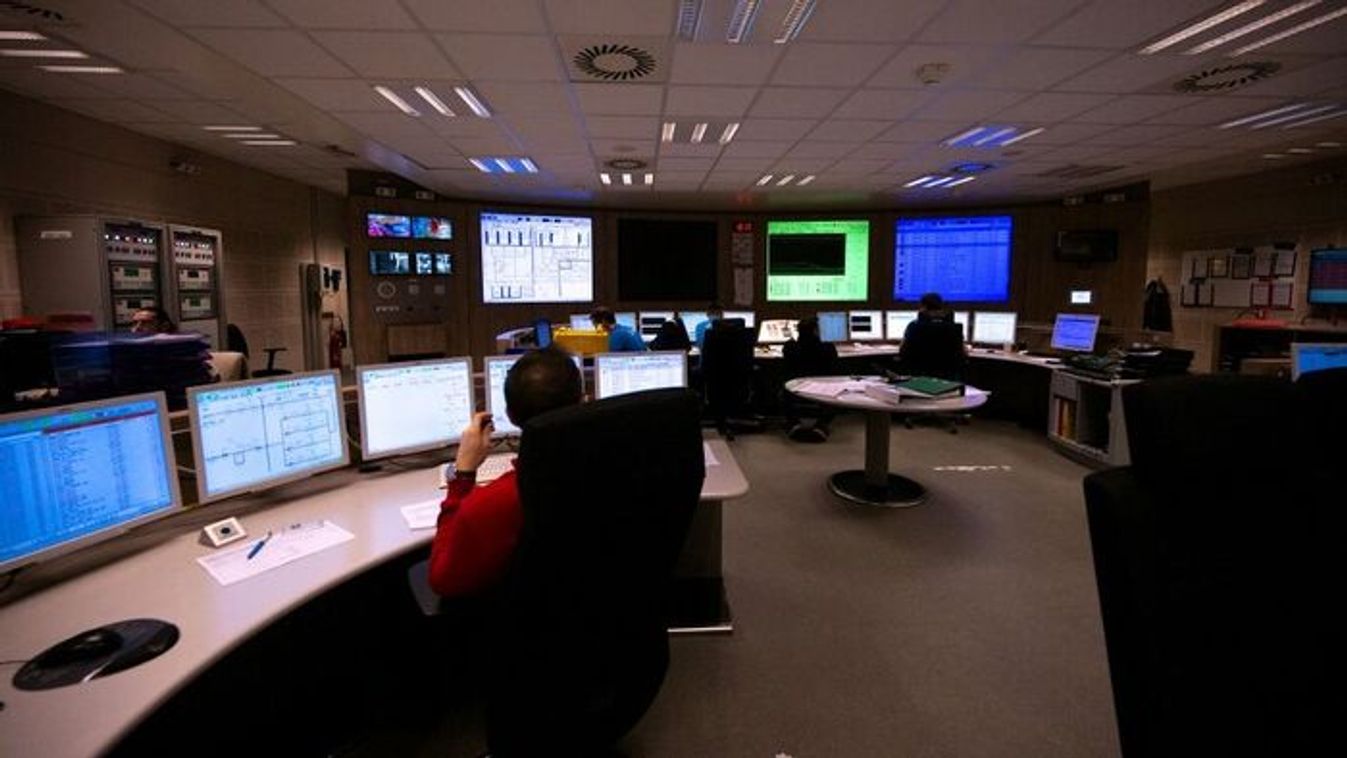
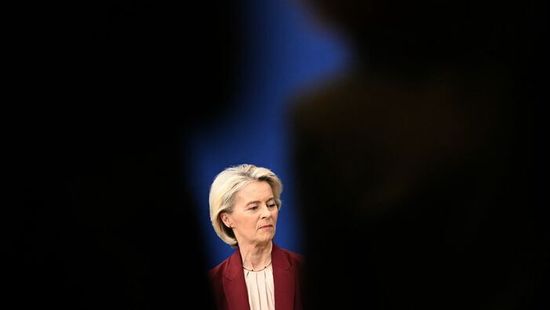
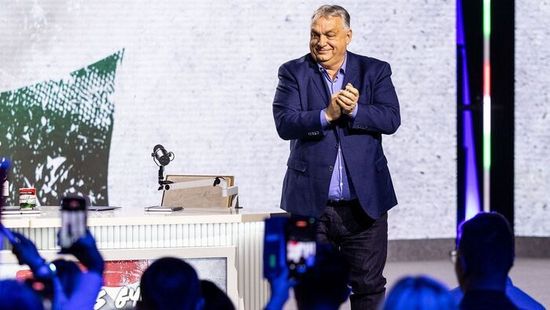



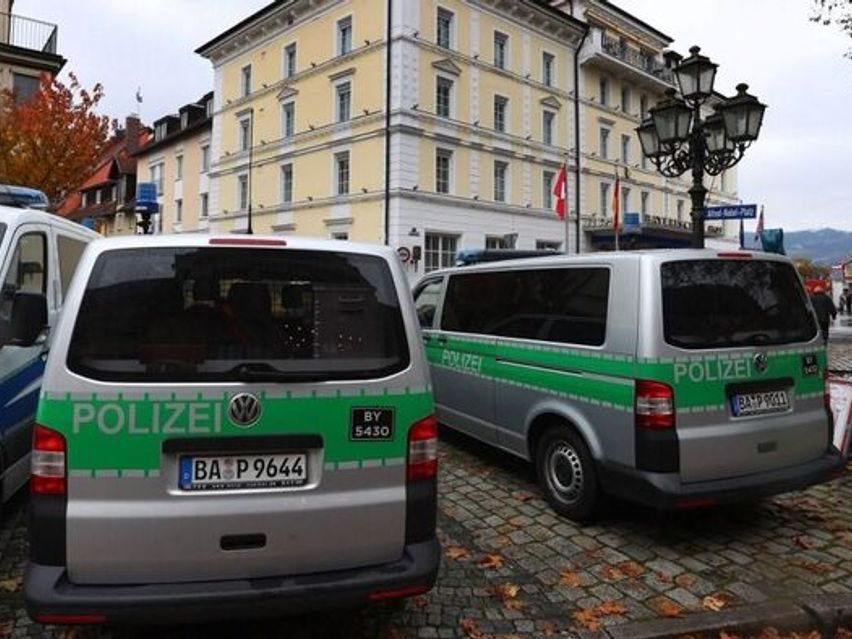






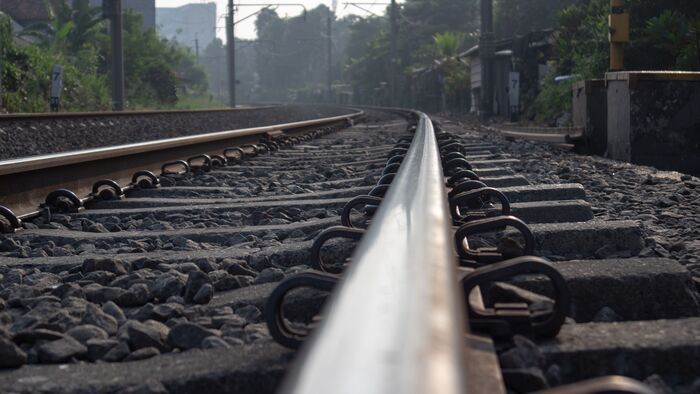







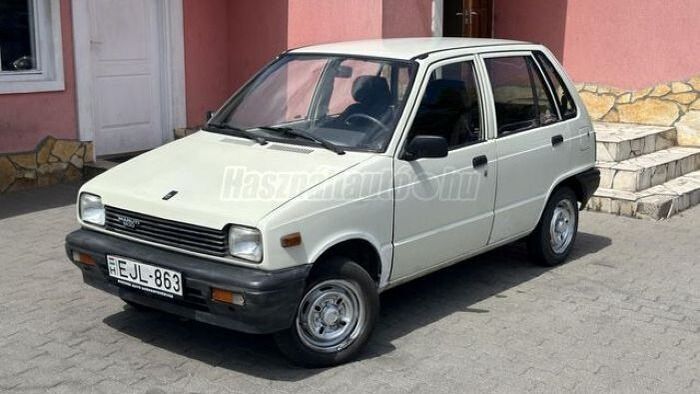

Szóljon hozzá!
Jelenleg csak a hozzászólások egy kis részét látja. Hozzászóláshoz és a további kommentek megtekintéséhez lépjen be, vagy regisztráljon!